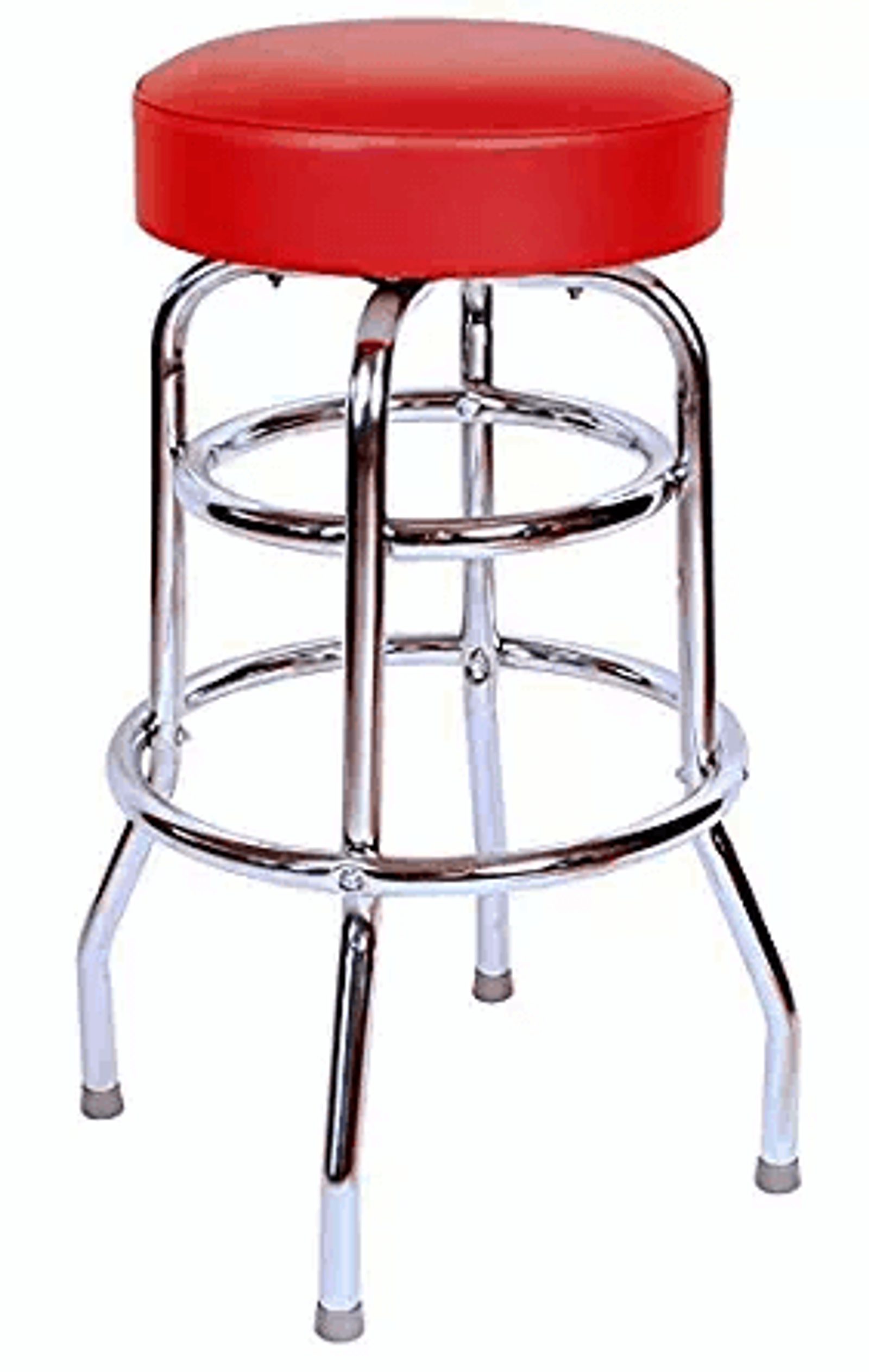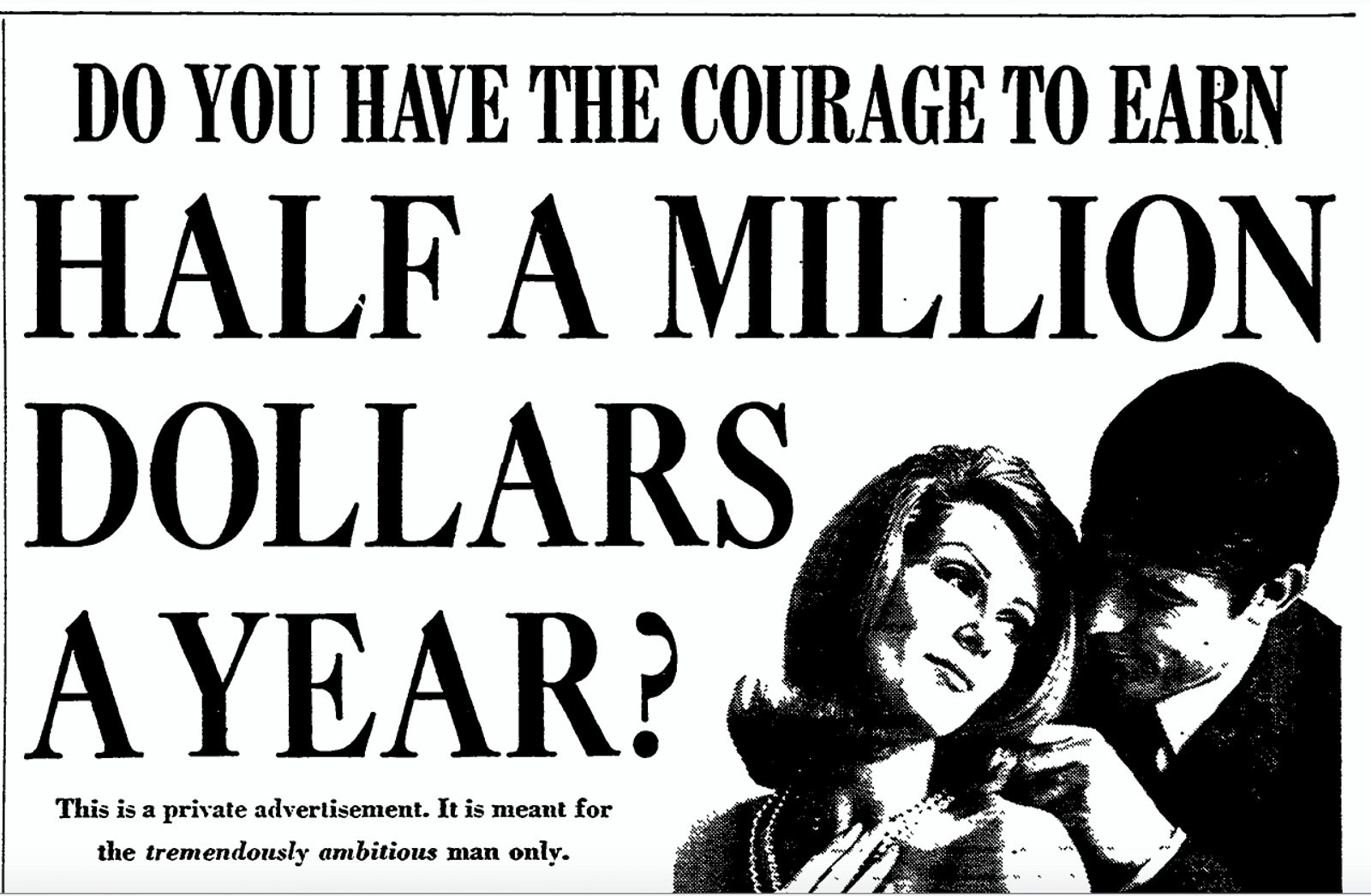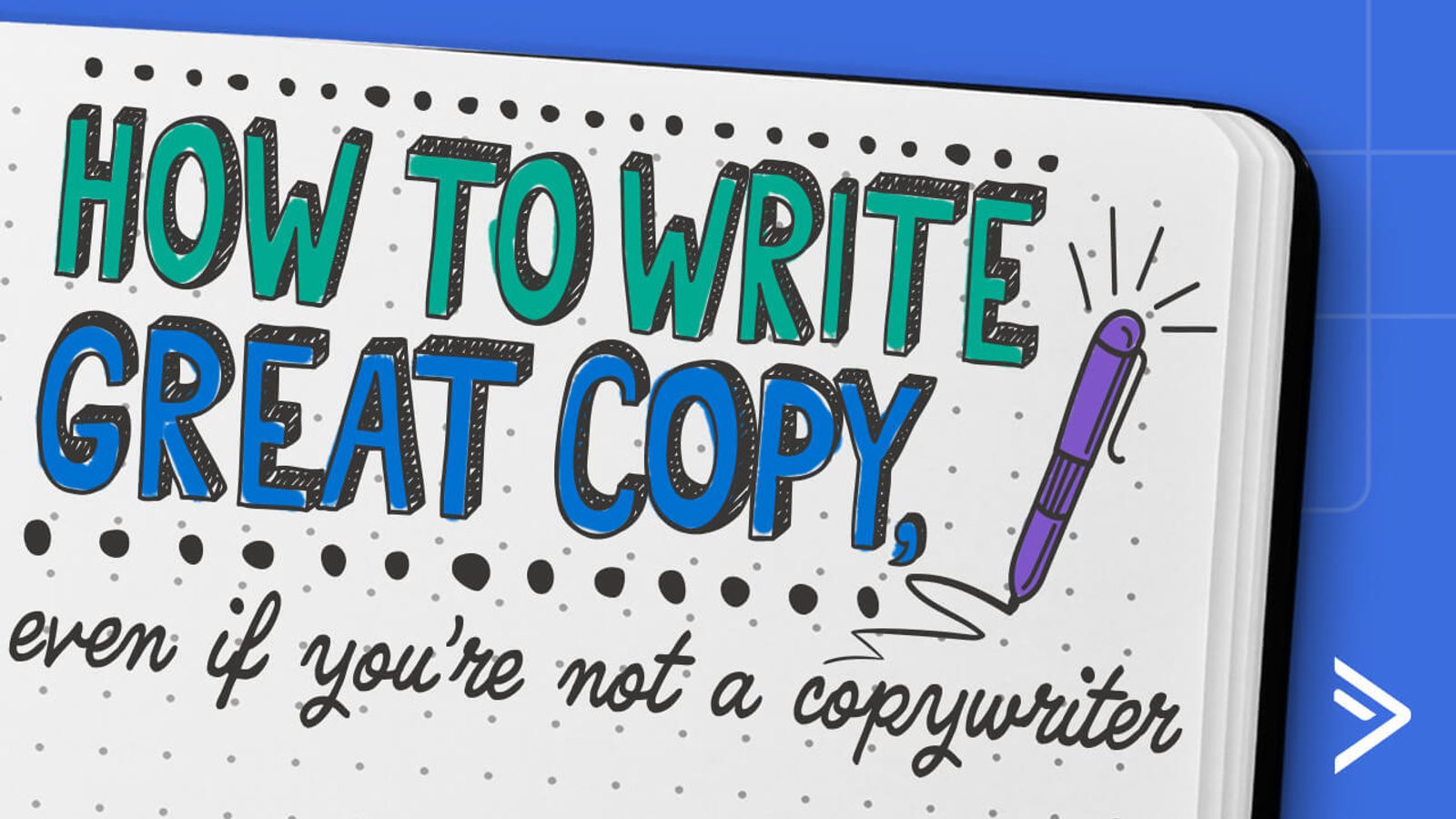How do you write great copy if you’re not a copywriter?
Advertising legend David Ogilvy once said, “Tell the truth, but make the truth fascinating.” It’s still how you should think about copywriting.
Often, marketers, small businesses, and non-writers alike think that the goal of copy is to amp up their offer – to blow things up with buzzwords and exaggerate ideas. The true goal of copy is to focus on what’s interesting about your offer and tell that story in a way that appeals to your reader.
You don’t have to be a copywriter to make that happen. You just need to know what you’re selling and sell it honestly.
To help you make the truth fascinating, former ActiveCampaign Director of Content Marketing Benyamin Elias hosted a webinar — and shows you how anyone can improve their copywriting.
Listen to the webinar by clicking above, or head to this page!
Watch the webinar above, or read the recap below. You’ll learn:
- Why is copywriting so hard?
- What makes people read copy – and what is good copy vs. bad copy?
- How to get good results from your copy: 4 tips to follow
Why is copywriting so hard?
The novelist Thomas Mann said that “A writer is someone for whom writing is more difficult than it is for other people.”
Writing is hard, even for professional copywriters. But copywriting can also be intimidating for people who don't do it every day.
When you think about “copywriting,” it can sound very...official. It can sound like it’s a whole other high-level type of writing that feels out of reach. And it can lead to a common, unfortunate copywriting tendency:

“Marketers have a tendency to try to abstract their messages to the point that everything can be said in two to six commonly used words.” – Joanna Wiebe
The tendency to make copy sound polished in 2-6 words can hurt the effectiveness of your words. The truth is, it’s nearly impossible for you to write copy that’s effective in only 2-6 words – and trying to squeeze your message into the same words that everyone else uses will make it impossible for you to stand out.
Copywriting, good copywriting, is powerful. It’s one of the only things you can change for free — and see an enormous change in your business. It’s the reason you use toothpaste.
In the early 1900s, only about 7% of people brushed their teeth (despite plenty of marketing from various toothpaste companies). At least until Claude Hopkins, master copywriter and author of the still-classic Scientific Advertising, wrote this ad:

Thank you, Claude Hopkins, for teaching good hygiene and good copywriting.
This ad doesn’t just say “buy our toothpaste,” because clearly that kind of message only worked on 7% of people. For similar reasons, it doesn’t make health claims or say “Your teeth will be whiter.” Those approaches had already failed.
Instead, it tells people that a film of your teeth will literally rob you of your teeth's whiteness. Who is going to ignore the idea of being robbed?
After this ad campaign ran, 65% of people brushed their teeth. By framing the message differently, Claude Hopkins made his message more compelling and made more people take action.
What makes people read copy – what is good copy vs. bad copy?
What’s the difference between good and bad copy?
You’re about to learn, with a little help from Rob Lowe and the popular series The West Wing.
In this episode clip, the president is about to announce a spacecraft landing on Mars via live telecast to 60,000 students around the world.
This is the copy that he starts reading before he abruptly cuts himself off. It’s that bad.

“Good morning, I’m speaking to you live from the west wing of the White House. Today we have a very unique opportunity to take part, live, in an extremely historic event that…”
What problems do you notice first – the fact that he says “live” twice or that it’s all about “I” and “we?”
You can’t just say that something is unique and historic – why should people believe you? Instead, you have to make them feel it.
This is the copy after Rob Lowe rescues it:

This new copy is way better than the original because it makes you feel the words, not just hear them.
- “11 months ago, a 1200 pound spacecraft blasted off from Cape Canaveral, Florida.” “1200 pounds” adds weight (pun intended) to the intro. This gigantic, unique object is in outer space – it’s inherently interesting. The time frame of 11 months also adds scale. The listener gets a sense of how long this has been in the making.
- “18 hours ago it landed on the planet Mars.” This announcement needs no embellishment that calls it unique or historic. It landed on Mars. That says it all.
- “You, me, and 60,000 of your fellow students across the country, along with astro scientists and engineers from the Jet Propulsion Lab in California, NASA Houston, and right here at the White House are going to be the first to see what it sees.” It starts with the word “you” and then follows up with “me,” creating a personal conversation. And calling out that they are the first people to see it together is a powerful statement.
People are interested in the updated copy in this example because:
- Images (like a 1200-pound spacecraft) are easy to imagine
- It states the topic right away
- It creates a sense of scale 3 times and makes them appreciate the gravity of the situation
- It addresses the listener directly
What you say is what people hear – but not what they feel. Don’t describe emotions, describe why you feel the emotion. You have to create a sense of excitement in the reader. Instead of saying, “I’m excited” or “very unique,” show the listener why they should be excited.
Good copy makes you feel. Show it, don’t tell it. It’s as simple as that.
How to get good results from your copy: 4 tips to follow
Writing may be hard, but with just a few quick-fix tips, you can make it easier to write good copy.
Here are 4 tips to help you get good results from your copy.
- Be specific
- Use simple words and sentences
- Address pain points
- Make people curious
1. Be specific (like David Ogilvy)
“At 60 miles an hour, the loudest noise in this new Rolls-Royce comes from the electric clock.”
This headline, written by David Ogilvy in 1958, is considered one of the best copywriting examples of all time.
Why?
He could have just said something like, “The latest Rolls-Royce model is a really quiet car.”
Except he didn’t.
Instead, he wrote copy that paints a picture and strikes a chord of sensory detail with the reader.

- “60 miles an hour” – you can imagine the feeling of that speed while sitting in a car, maybe feel the quiet hum of the engine beneath you or the woosh of air through an open window
- “Electric clock” – you can hear the sound of the occasional stark tick from a clock in the back of your mind.
He could have said, "This is a very nice or luxury car,” or “When you want luxury, choose Rolls-Royce.” But those copy examples don’t give the person what they need. The reader wants a smooth, quiet ride. This copy helps them picture that experience in a Rolls-Royce.
2. Use simple words and sentences (with the Bar Stool Test)
Whenever possible, use the words that people use to describe their problems. Most people don’t talk about “leveraging solutions,” but they do say things like, “I feel like I’m not getting the most out of this.”
The Bar Stool Test helps you cut back on jargon and use a conversational tone that people are more likely to understand.

Here’s the Bar Stool Test: “Would you say this sentence while sitting on a bar stool, in a bar, talking to a friend? If the answer is no, rewrite the sentence.”
Here are a few other “guidelines of thumb” for writing simple, conversational sentences:
- Use one idea per sentence
- Use one comma per sentence (except for lists)
- Try to end sentences with nouns
- Use the word “you” to help create instances of active voice over passive voice
Do you want to know what happens when you don’t use simple sentences? You end up with titles like this:
“Consequences of Erudite Vernacular Utilized Irrespective of Necessity”
AKA: Problems with Using Long Words Needlessly
This research, with a purposefully ironic title, showed that big and complicated words make writing harder to understand — and make people think less of the writer.
3. Address pain points (like ActiveCampaign)
Talking about people’s pain doesn’t sound nice. But in copywriting, it’s what works.
ActiveCampaign’s Marketing Automation page had a copy change that showed incredible conversion results by addressing specific pain points: not enough time or help to do everything you have to do.
At first, the copy read, “Marketing automation done right.”
After a change, it now looks like this:

This copy change increased free trial conversions by 700%.
A 700% conversion increase! The proof is in the pain – pain points are how to get good results from your copy.
4. Make people curious (like Eugene Schwartz)
Curiosity may have killed the cat, but it won’t kill your conversions. It helps them.
Behavioral economist and Carnegie Mellon professor George Loewenstein wrote a paper on the psychology of curiosity – and he outlines 5 ways to make people curious:
- Ask a curiosity-inducing question
- Start a sequence of events, but don’t finish (e.g., an unfinished story)
- Do something unexpected
- Imply you have info they don’t
- Imply they used to know something that they’ve since forgotten
In your copy, try to use 2 or 3 of these methods. Your copy will instantly make people more curious.
Legendary copywriter Eugene Schwartz turned what could have been a simple line of boring copy into an unexpected question that turned heads:
“Do you have the courage to earn half a million dollars a year?”

You need courage to earn half a million dollars? (Source)
This copy uses 3 curiosity levers:
- It asks a question
- It implies that the writer has info that the reader doesn’t
- It’s unexpected (why would I need courage…?)
Curiosity makes people pay attention to your copy – and, in turn, to your business.
Conclusion: Good copy makes a difference to your business
One good copy edit led to a 700% increase in conversion rate. And your business can reap the benefits of copywriting too – without having copywriters. In fact, you can level up your email campaigns immediately using our free email copywriting template!
Bonus: To make copywriting and content marketing even easier, check out this Content Marketing Templates pack. It contains free tools to help your editing process and all things content marketing and writing.









